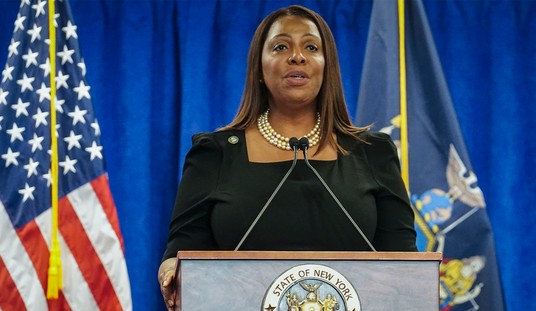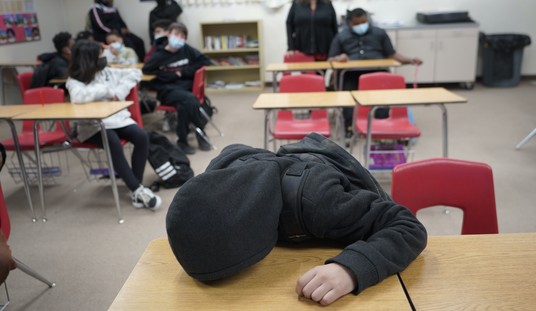Teachers are becoming even more open about how they are indoctrinating students into so-called progressive ideology related to gender identity. Despite the nationwide backlash, educators are still insisting on influencing small children to embrace their views on transgenderism and other facets of the ideology.
In a piece for The Washington Post, author Laura Meckler interviewed teachers to find out how they teach on gender in their classrooms. Their responses were quite illuminating and further demonstrate why more parents must push back against these brazen attempts to mold our children’s minds.
The author explained that some lessons regarding gender identity take a direct approach: “Who can describe what transgender means?” In other instances, they can be more subtle: “Remember, families can come in all shapes and sizes!”
One of the ways teachers condition children is by using gender-neutral terms so they don’t view different genders differently. A teacher might greet their students by saying, “Good morning, scholars,” instead of “Good morning, boys and girls!”
The author of the piece explains that “[r]esources and lesson plans for those who want to teach about gender identity are becoming much more common,” and that “[s]even states now require that curriculums include LGBTQ topics.”
Despite attempts to make this type of teaching more common, “[c]lasses that address gender identity are still the exception in American schools,” according to Meckler. However, if this is true, it won’t remain this way for much longer–if there is no resistance to this push to include the teachings in every classroom.
Another way teachers promote transgender ideology, especially in elementary schools, is to teach their students that there are no “boy colors” or “girl colors.” Others use a book titled “I Am Jazz,” which is the story of a transgender girl who claims “I have a girl brain but a boy body,” and explains that “[t]his is called transgender. I was born this way!”
A lesson plan directed at six-year-old, first-grade students called “Pink, Blue and Purple” teaches them that gender is not fixed.
“You might feel like you’re a boy even if you have body parts that some people might tell you are ‘girl’ parts,” the teachers are instructed to repeat. “You might feel like a girl even if you have body parts that some people tell you are ‘boy’ parts. And you might not feel like you’re a boy or a girl, but you’re a little bit of both. No matter how you feel, you’re perfectly normal!”
Many of these lessons target children as young as four years old. In one kindergarten classroom, a Massachusetts teacher explains how pronouns work related to gender. “He introduces the terms transgender and gender queer but doesn’t fully define them because that is too much for kindergartners, said the teacher, who spoke on the condition of anonymity because his district did not authorize him to speak publicly,” Meckler wrote.
The educator also does not classify body parts as male or female. He said, “[w]e don’t say a penis belongs to a man.” Instead, he said it belongs to a human. He also tells children that even if a doctor says of a baby’s birth, “It’s a boy!” he might not be a boy. “Someone who was born a boy may not feel they are a boy.”
However, other teachers are more moderate in their approach. A Sacramento-area teacher does not bring up gender identity to her fifth and sixth graders.
HealthSmart, another popular teaching plan, addresses middle schoolers. It also instructs teachers not to assign different body parts to certain genders. It also refers to people as “partners” instead of boyfriend or girlfriend.
But even with this article being published, progressives will still insist schools are not trying to influence children to embrace their ideas on gender identity. They will continue pretending there is no effort to indoctrinate students.
The reason why is simple: It’s nearly impossible to defend presenting this type of material to small children. They know most parents are not on board with it, which is why school districts have employed policies designed to keep them in the dark as much as possible. The Parental Rights in Education bill had overwhelming support – even from most Democrats. They are losing the messaging battle on this issue. But this does not mean they are failing to push their agenda in K-12 schools. People who oppose this will have to do more if they want this to end.












Join the conversation as a VIP Member